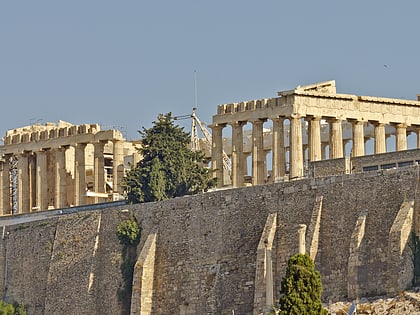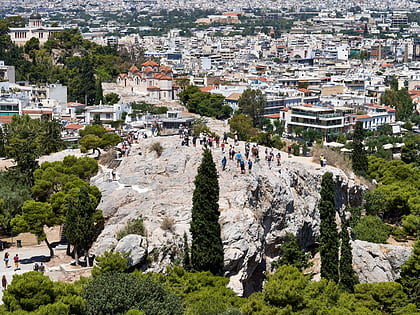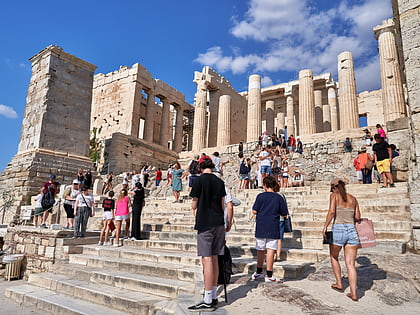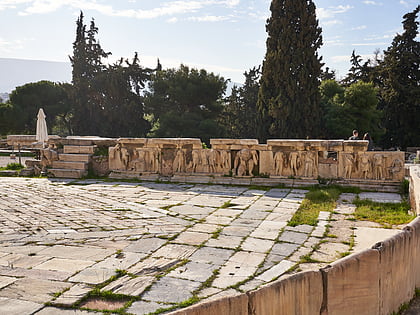Pelasgic wall, Athens
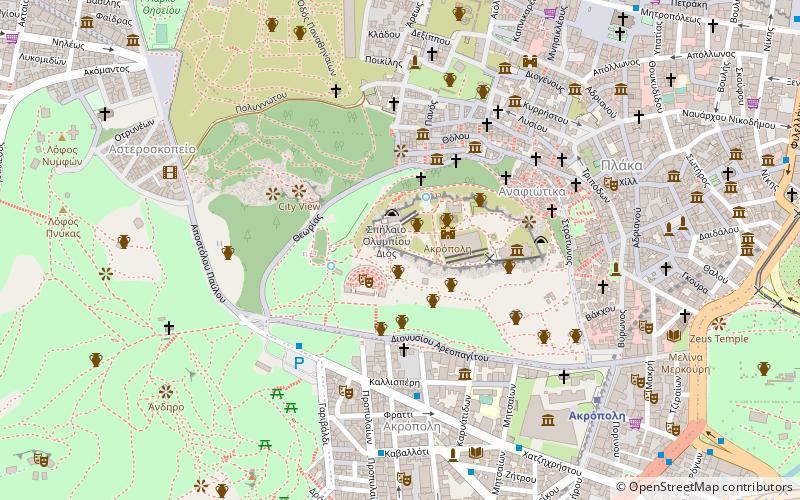
Facts and practical information
The Pelasgic wall or Pelasgian fortress or Enneapylon was a monument supposed to have been built by the Pelasgians, after levelling the summit of the rock on the Acropolis of Athens. Thucydides and Aristophanes call it "Pelargikon", "Stork wall or place". "Pelargikon" refers to the line of walls at the western foot of the Acropolis. During the time of Thucydides, the wall was said to have stood several meters high with a large, visible fragment at 6 meters broad located on to the south of the present Propylaea and close to the earlier gateway. Today, the beveling can be seen but the foundation of the wall lies below the level of the present hill. ()
Αθήνα 1 (Ακρόπολης)Athens
Pelasgic wall – popular in the area (distance from the attraction)
Nearby attractions include: Acropolis, Parthenon, Temple of Athena Nike, Odeon of Herodes Atticus.
Frequently Asked Questions (FAQ)
Which popular attractions are close to Pelasgic wall?
How to get to Pelasgic wall by public transport?
Metro
- Akropoli • Lines: Μ2 (8 min walk)
- Monastiraki • Lines: Μ1, Μ3 (9 min walk)
Trolleybus
- Άγιος Ιωάννης • Lines: 1, 15, 5 (9 min walk)
- Αγιοσ Ιωαννησ • Lines: 1, 15, 5 (9 min walk)
Bus
- Μοναστηρακι • Lines: 025, 026, 027, 035, 227, 500 (10 min walk)
- Μακρυγιαννη • Lines: 040, 040 Συνταγμα - Πειραιασ, Α2 (11 min walk)
Tram
- Βουλιαγμένης • Lines: Τ4, Τ5 (13 min walk)
- Fix • Lines: Τ4, Τ5 (13 min walk)
Train
- Rouf (30 min walk)
- Lycabettus Hill Funicular - Lower Station (31 min walk)

